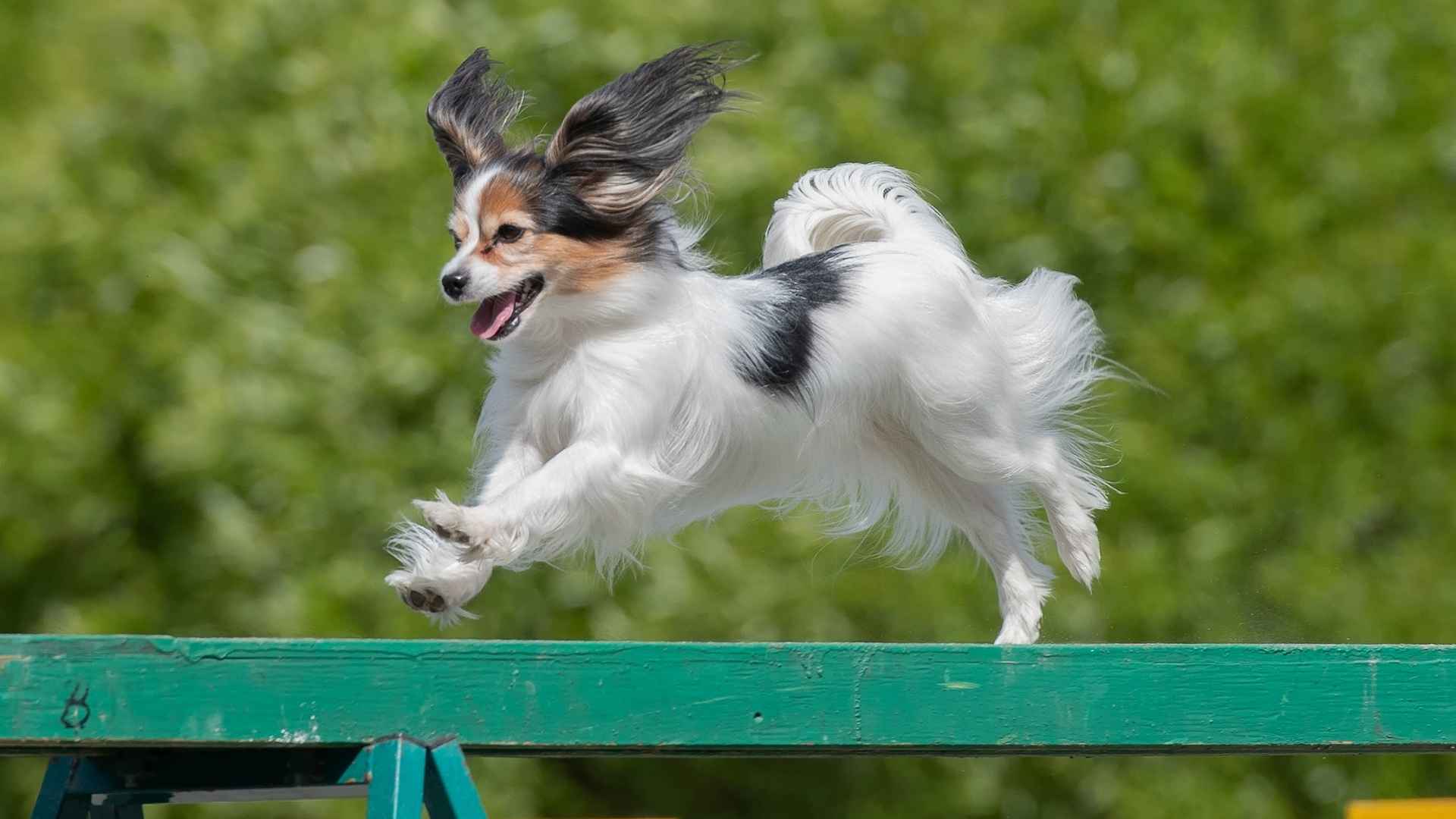Ever watched a dog weave through poles, leap over hurdles, and dart through tunnels like lightning? That’s agility in action—pure, jaw-dropping athleticism with a wagging tail! But what if you could have that and a buddy who sticks around for the long haul?
Let’s be real—some dogs are born for the agility spotlight. They’ve got the reflexes, the brains, and the energy that just won’t quit. But here’s the kicker: not all of them are just quick on their feet—they’re also blessed with seriously impressive lifespans.
Looking for a furry sidekick who can race through courses and grow old by your side? That sweet combo of agility and longevity isn’t some rare unicorn—it exists, and it’s awesome. These pups aren’t just athletic—they’re in it for the long run.
Stick around, because we’re diving into the ultimate list of long-living agility champs that’ll keep your heart—and your feet—racing!
Agility Champion Dog Breeds with Long Lifespans
1. Border Collie
You want agility? The Border Collie basically wrote the manual. With lightning-fast reflexes and a sixth sense for direction, these dogs dominate agility courses like pros. They’re born to chase, dodge, leap, and pivot like furry little ninjas.
What sets them apart isn’t just speed—it’s precision. Border Collies don’t just react; they calculate. Whether it’s hitting tight angles or clearing a jump with zero wasted movement, they do it with laser focus. It’s like watching muscle memory in motion. These dogs thrive in structured routines, which makes agility training feel like playtime.
But here’s the kicker: despite their intense drive, Border Collies are herding dogs, according to Britannica. With lifespans often stretching 14–17 years, they’re not just quick—they’re durable. Their joints, heart, and energy levels hold up impressively over time.
Worried about trainability? Don’t be. This breed ranks at the top when it comes to learning commands. Agility cues, off-leash control, verbal and hand signals—they pick it all up like clockwork. It’s honestly kind of spooky how fast they catch on.
What about distractions? Loud noises, fast-moving people, even chaotic environments? Border Collies barely blink. Their ability to stay laser-focused under pressure is a game-changer in agility trials. While other dogs might pause or get overwhelmed, Border Collies just lock in and go. That composure isn’t accidental—it’s hardwired.
Quick Fact: The Border Collie isn’t just an agility champ—it holds the world record for fastest dog to open a car window and roll down all four. Genius meets speed, every time.
2. Australian Shepherd
If you’re looking for a dog that can fly through agility obstacles like a blur and stick by your side for years, meet the Australian Shepherd. These dogs aren’t just fast—they’re stylish about it. Watch one run a course, and you’ll see athleticism with flair.
Aussies are thinkers on the move. They’re constantly scanning, calculating the next step, adjusting their pace—all in split seconds. Whether it’s a sharp turn or a tricky balance beam, they handle it like seasoned pros. And yep, they love the challenge.
Here’s the wild part: they were bred to protect livestock in the American West, not Australia. That work ethic? It didn’t fade with time. It shows up full-force in agility, where they pour 100% into every run, every time. They live for the action.
Purina says that Aussies are agile, which gives them exactly what they crave—structure, speed, and a purpose. Unlike some breeds that just want to run wild, Aussies want to work with you. They feed off your energy and direction, making them crazy responsive on the course.
Now let’s talk stamina. These dogs aren’t just sprinters—they’ve got staying power. With a healthy routine, Aussies can perform consistently over the years without fizzling out. Many stay active well into their teens, and not just jogging—they’re still jumping, weaving, and winning.
3. Shetland Sheepdog
Don’t let the fluffy coat fool you—the Shetland Sheepdog (aka the Sheltie) is a stealthy powerhouse on the agility field. They’re compact, quick-footed, and can cut corners like they’re on rails. Small frame, big-time speed.
Shelties are also mega alert, says Orvis. Every twitch of your hand, every shift in tone—they catch it instantly. That sharp responsiveness makes them ideal for fast-paced agility runs where even half a second counts. Ever feel like your dog finishes your sentence? Shelties do that—with your cues.
They’ve got a high drive to please, and that makes them incredibly easy to train. Give them structure, encouragement, and a job to do? They’ll keep learning new sequences long after other dogs tap out. They live for your “yes!”
Longevity? Oh yeah—they’ve got it. These dogs often live 13–16 years, and many remain active and competition-ready well into their senior phase. With consistent joint care and a smart diet, they age slowly. Think marathon lifestyle, not a sprint.
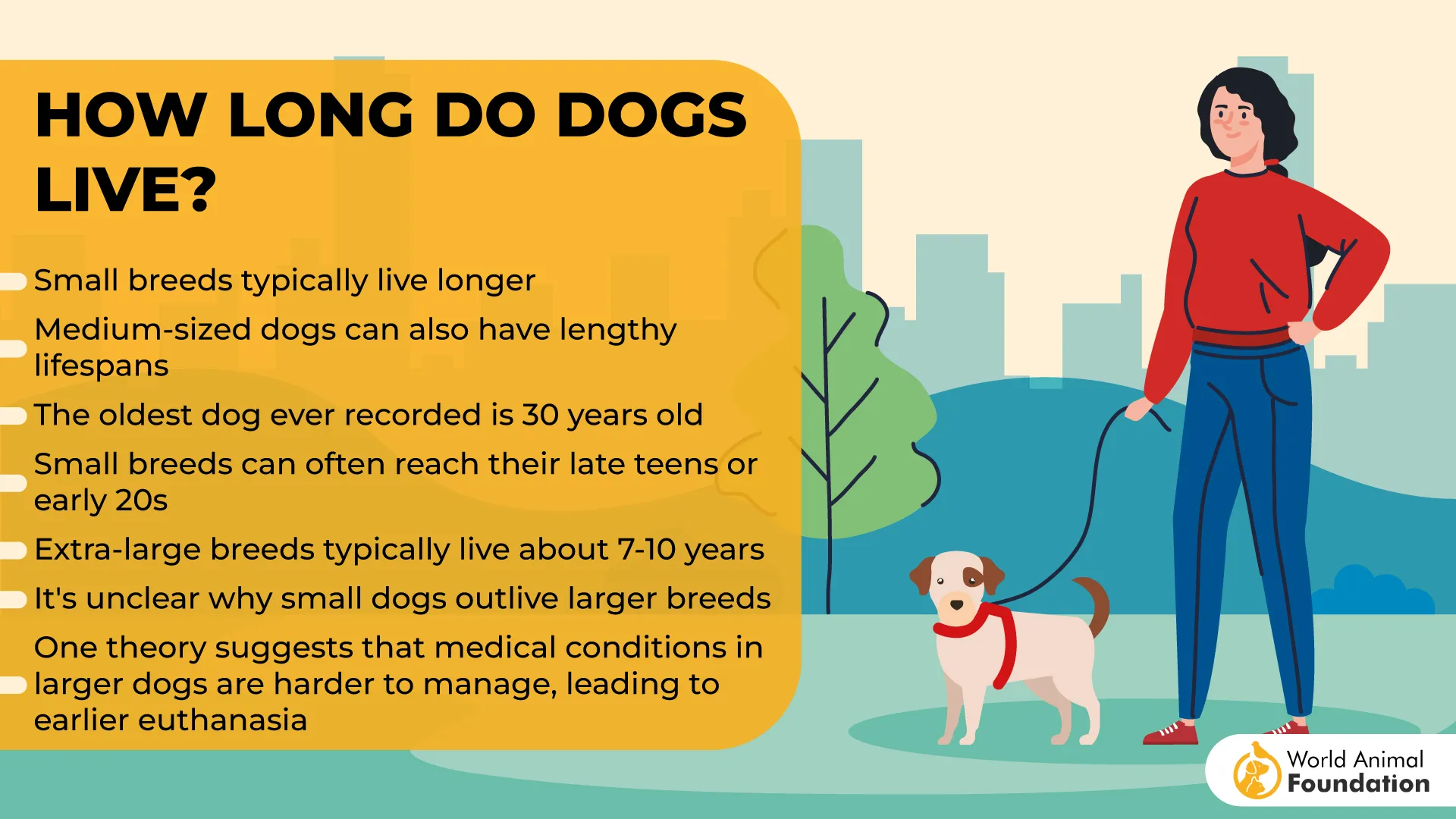
A major bonus? They’re light on their paws. That means less wear and tear over time. You won’t see a Sheltie pounding the ground—more like gliding over it. That kind of movement helps protect their joints, especially during intense training seasons.
4. Belgian Malinois
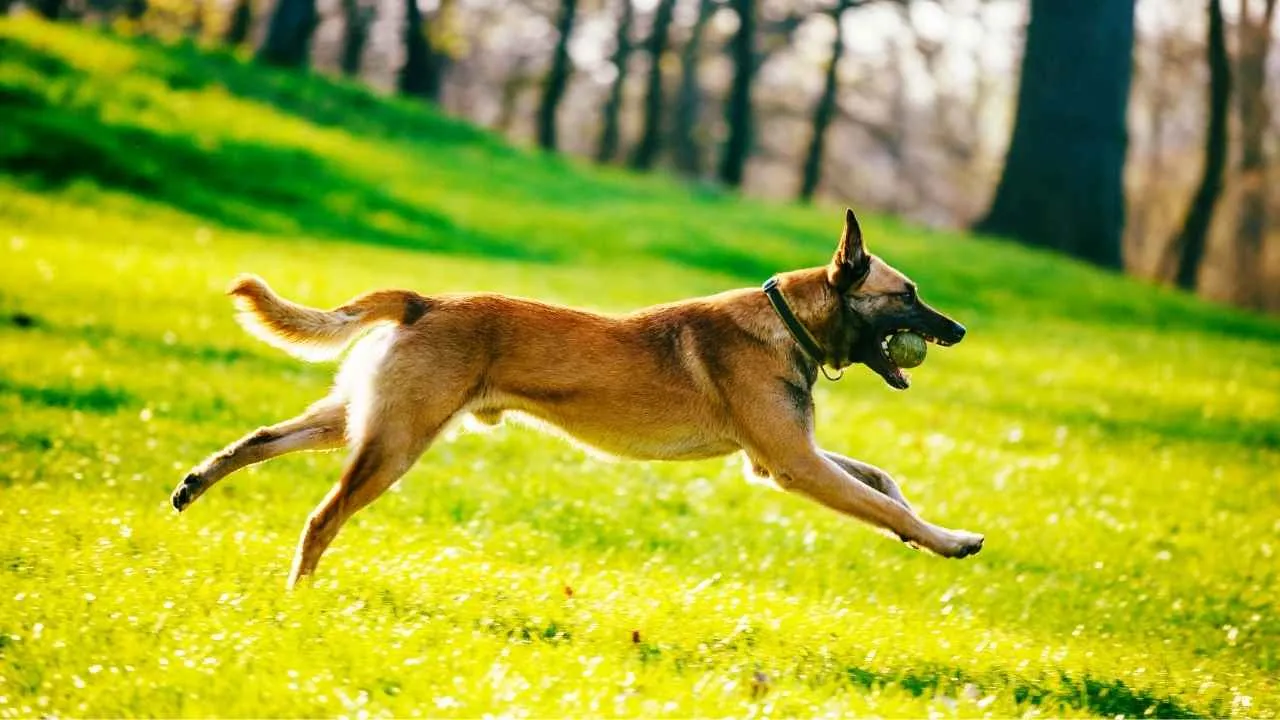
Belgian Malinois don’t just react—they attack each obstacle with purpose. They leap higher, turn sharper, and launch faster than most breeds twice their size. There’s no hesitation, just intensity. And they make it look effortless.
What makes them unstoppable in agility? Their working mindset. This breed was developed for high-pressure tasks—military, police, protection work—and that hyper-focus translates beautifully to fast-paced agility sequences.
They don’t need repetition to learn—they need challenge. Malinois crave complexity. Throw in direction changes, speed variations, and obstacle combos, and they’ll rise to the occasion like it’s a mission. Basic drills? Yawn. These dogs want the hard stuff.
Thinking they burn out fast? Nope. With a proper diet, joint care, and daily physical outlets, Malinois often live active, engaged lives into their teens. Their bodies are built for action, but their longevity proves they’re more than just sprinters—they’re long-term athletes.
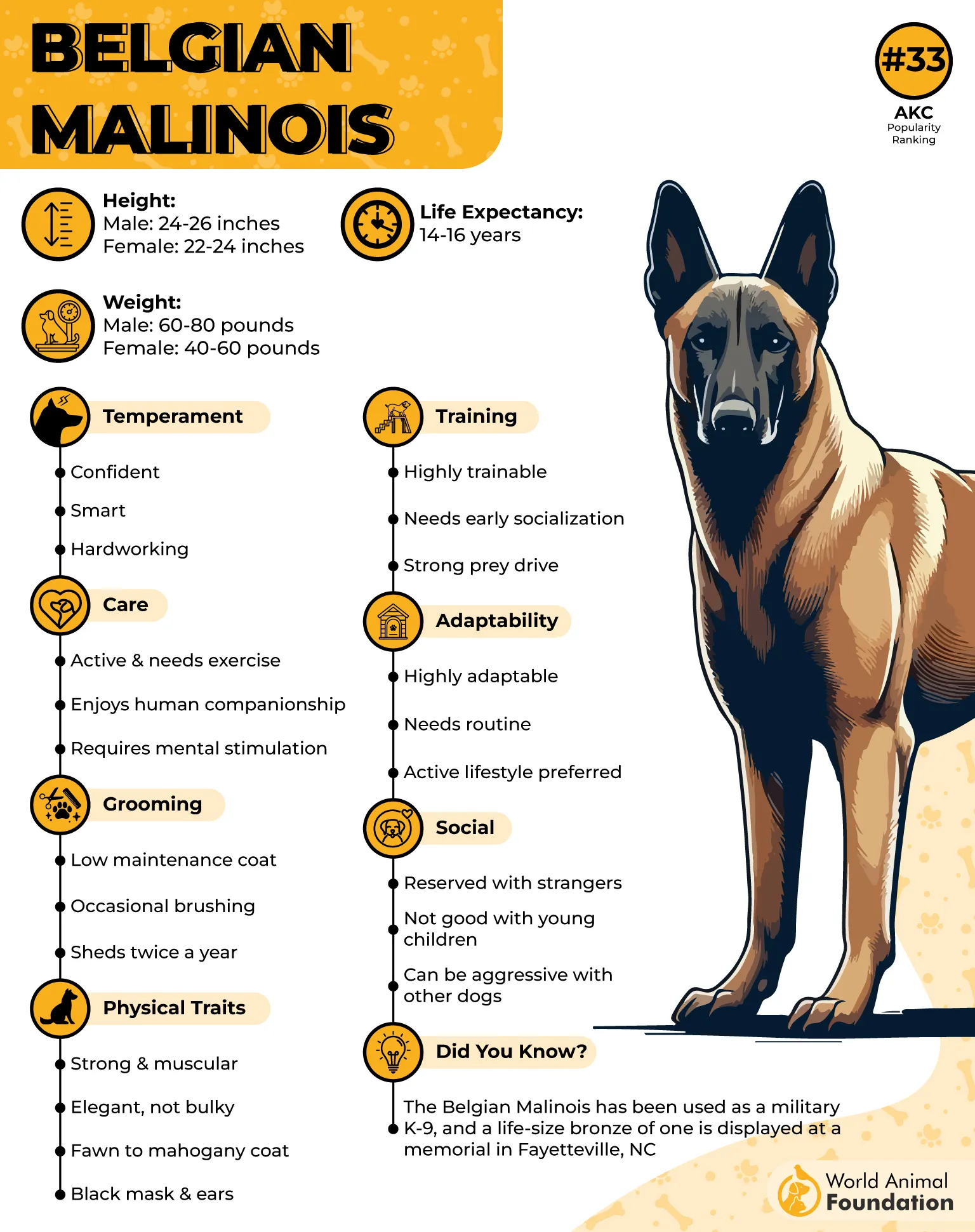
Here’s something wild: Malinois respond best to dynamic, and have a high energy level, says Omlet. They don’t just want a trainer—they want a partner. Someone who moves with them, leads the rhythm, and keeps them mentally locked in. Passive ownership? That’s not gonna cut it here.
5. Poodle
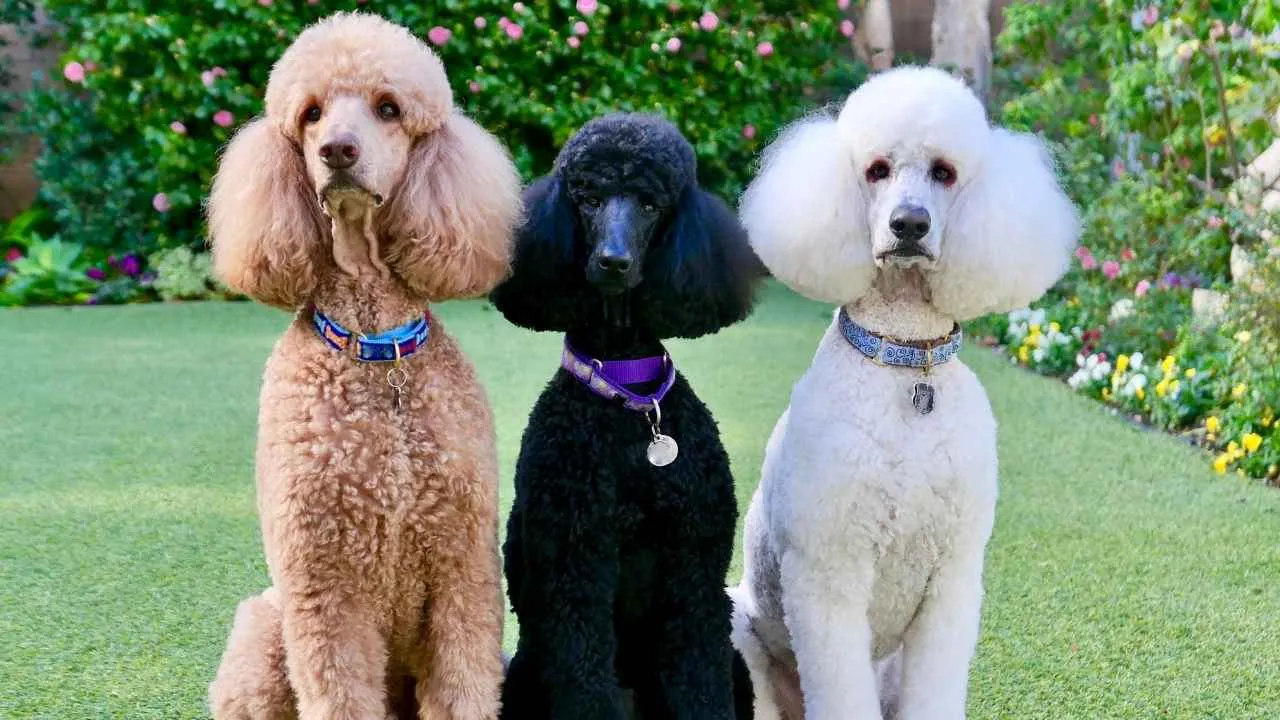
Surprised to see the Poodle on this list? Most people are—until they actually watch one move. Beneath the posh curls is a serious athlete, and agility courses are where these dogs drop the glam and bring the grit. They’re light on their feet, with fluid, almost dancer-like movement. Poodles can weave through poles like silk and soar over jumps with ridiculous grace. It’s not just about form—they’re fast. Sneaky fast.
What really gives them an edge? Their brains. Poodles are consistently ranked among the top three most intelligent dog breeds, says Petplan. That means they learn course patterns fast, adapt quickly, and recover from mistakes like it’s no big deal. You don’t need to drill the same move twenty times—they usually get it in three.
Unlike many breeds, Poodles come in three sizes: Standard, Miniature, and Toy. All three can crush agility trials, but the Standards bring surprising power and stride, while Minis often outmaneuver bigger dogs in tight technical runs. Options? Yeah, they’ve got those.
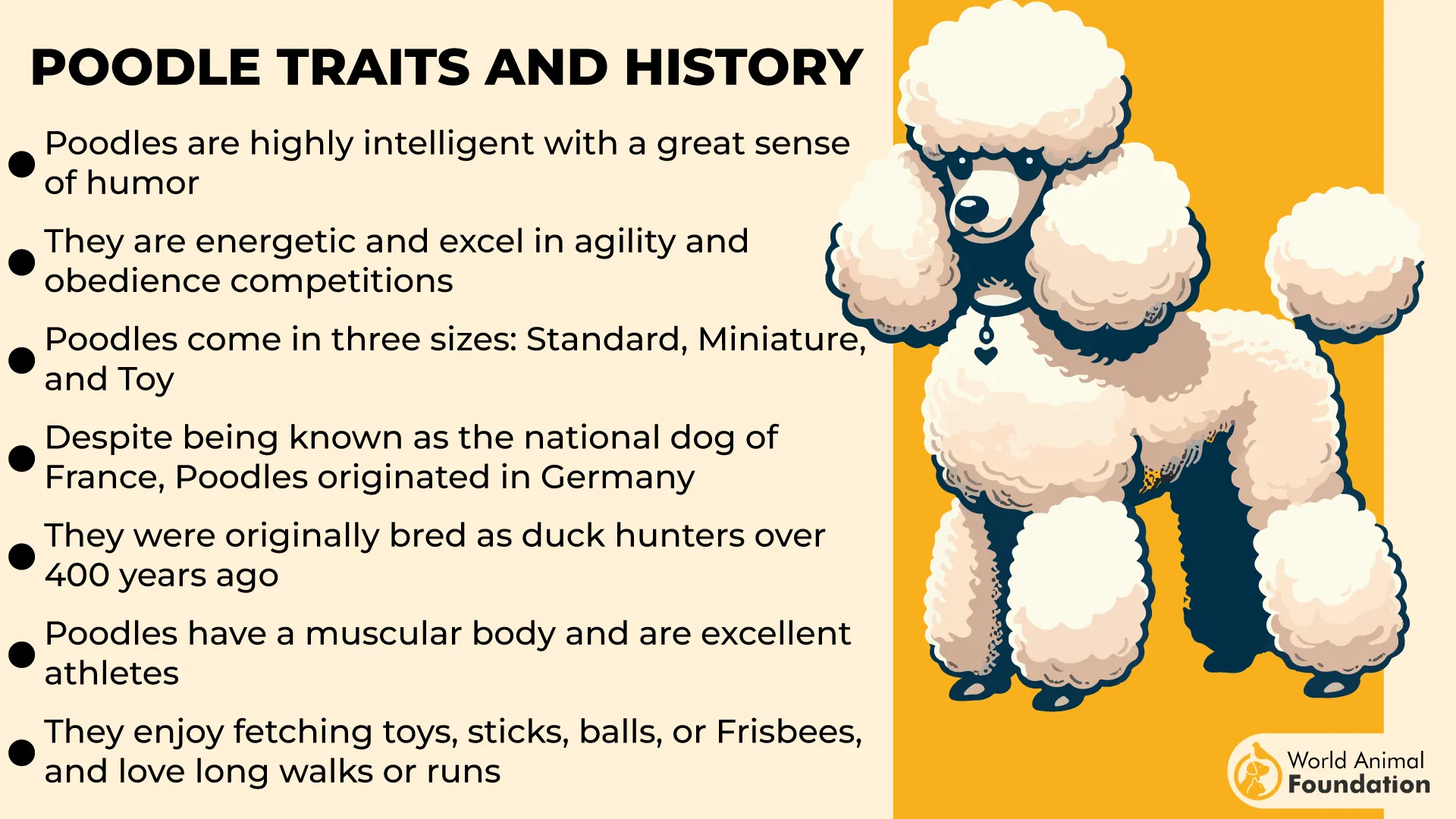
They also come with serious stamina. Poodles were originally bred as water retrievers, meaning endurance and strength are in their DNA. With proper care, these dogs stay active and competition-ready well into their later years. It’s not uncommon for a Standard Poodle to dominate the agility ring past age 12.
They also bring versatility. You can train them indoors, in small spaces, or on full agility fields. Urban apartment? Country backyard? Doesn’t matter. As long as there’s a challenge and a reward, the Poodle’s all in. Adaptable, stylish, and shockingly fierce.
6. Jack Russell Terrier
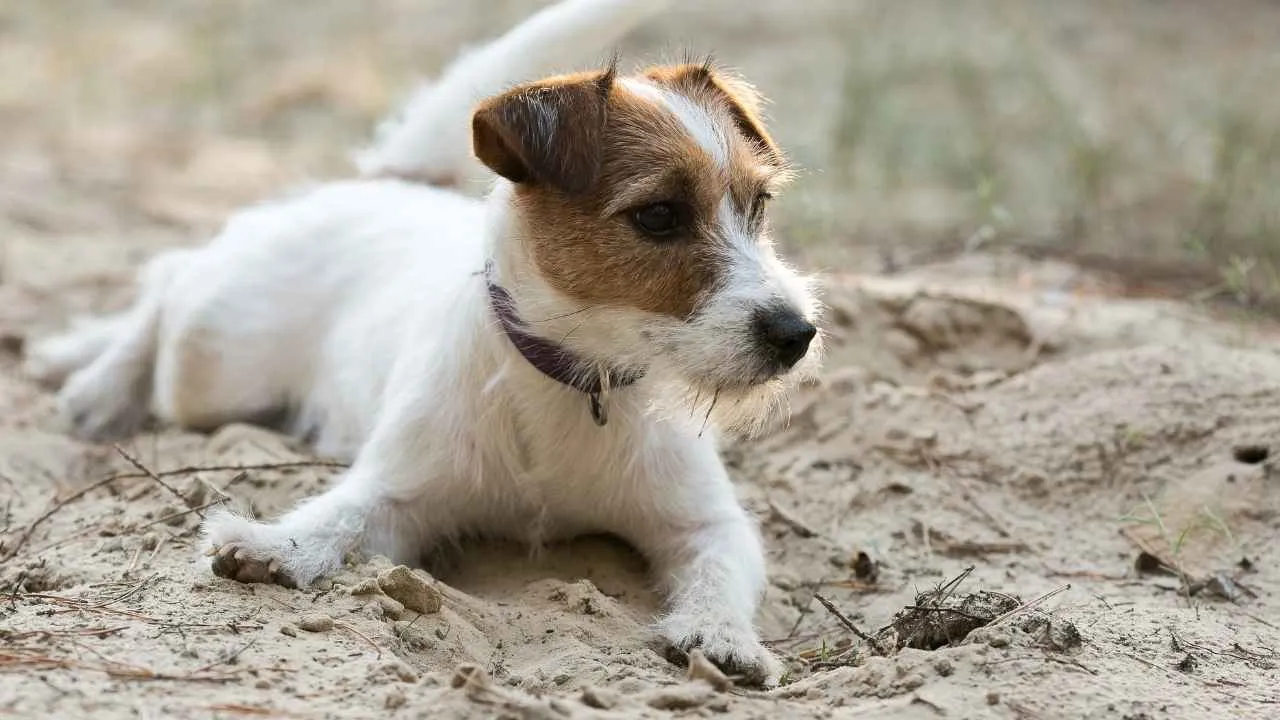
If agility courses were designed for chaos-loving daredevils, the Jack Russell Terrier would be first in line. These dogs don’t walk—they explode into action. Their energy level? Off the charts. Their speed? Like a squirrel on espresso.
Something that makes them truly electric is how sharply they turn. Jack Russells aren’t built for long strides—they’re built to zigzag. They can pivot on a dime, fly through weave poles, and hit tight corners without losing a second. It’s like they were engineered for technical courses.
Mental sharpness is another secret weapon. Jack Russells are fast thinkers and agile, says CKC. They read cues quickly and aren’t afraid to problem-solve mid-course. Make a last-minute hand signal? They’re already adjusting. Some even improvise if you fumble—how’s that for teamwork?
People often assume small dogs can’t go the distance, but this breed will prove them wrong every time. With good care, they stay active and agile into their mid-teens. They’re extremely fast dogs. Durability in a tiny rocket package.
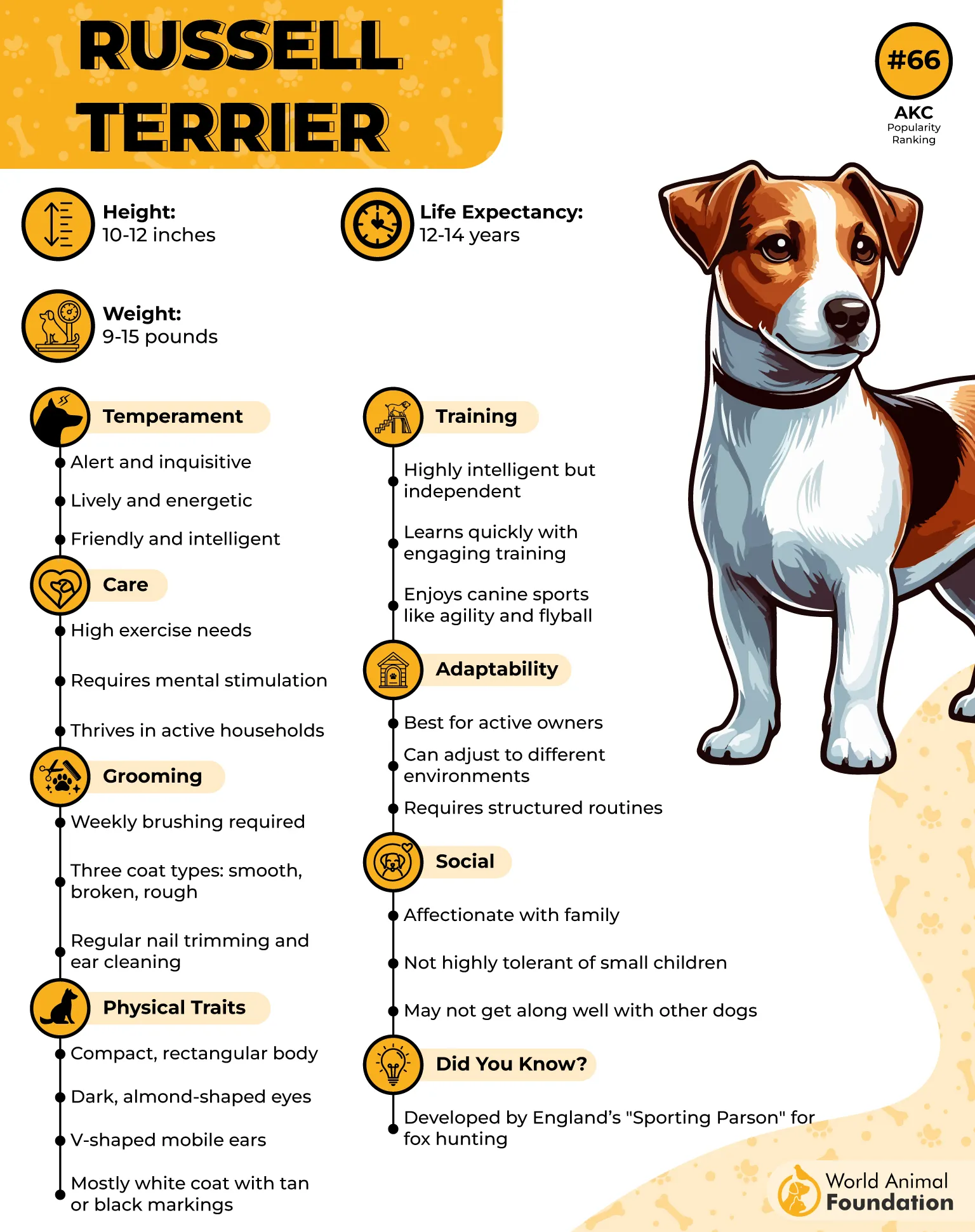
They’re also surprisingly fearless on big equipment. A-frames, teeter-totters, narrow planks—no hesitation. While other small breeds might hesitate at height or motion, Jack Russells treat it like another adventure. Their gutsiness adds a major wow factor in agility trials.
Quick Fact: One Jack Russell Terrier named “Annie” held a world record for completing a dog agility course in under 32 seconds. That’s not just fast—it’s legendary.
7. Australian Kelpie
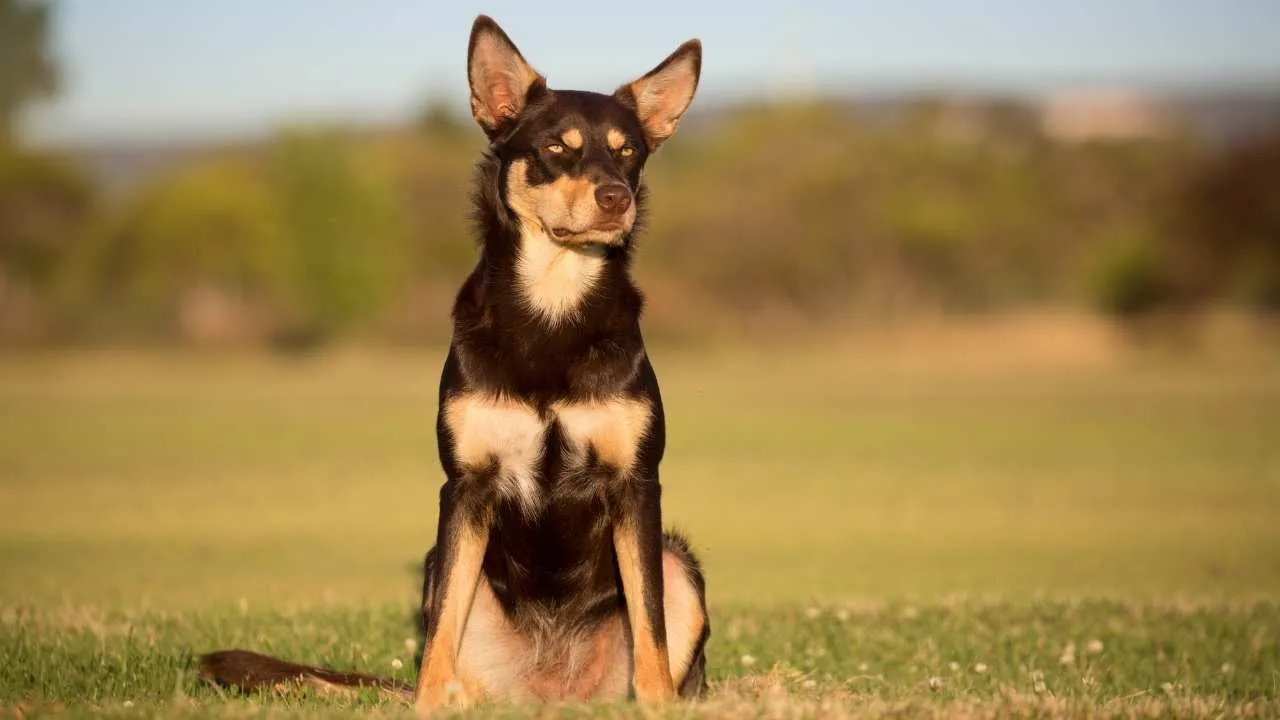
Meet the Australian Kelpi, a dog that turns agility into art form. These dogs don’t just complete courses—they own them. Built like lean machines and wired for speed, Kelpies bring a slick, no-nonsense style that’s mesmerizing to watch.
What sets them apart? Efficiency. Kelpies have razor-sharp movement and a streamlined frame that lets them glide through complex sequences like butter. No wasted motion, no hesitation. Every stride is calculated, every jump nailed.
They’ve got a work ethic in their bones. Originally bred to herd sheep across wild Australian terrain, they thrive on structure, challenge, and movement. The same traits that made them legends in the outback now make them elite competitors in agility circuits around the world.

Kelpie’s focus is unreal. When they’re on the line, they enter full concentration mode, and this breed is smart, loyal, and devoted, states PetMD. Distractions? Doesn’t matter. Their eyes lock on you like laser beams, waiting for the next cue. If you’re not quick, you might just slow them down.
Kelpies retain commands fast and often “rehearse” behaviors when left to their own devices. You might catch one walking tightrope-style along a backyard fence, just for the thrill. Training with them feels more like collaborating than commanding.
8. Papillon
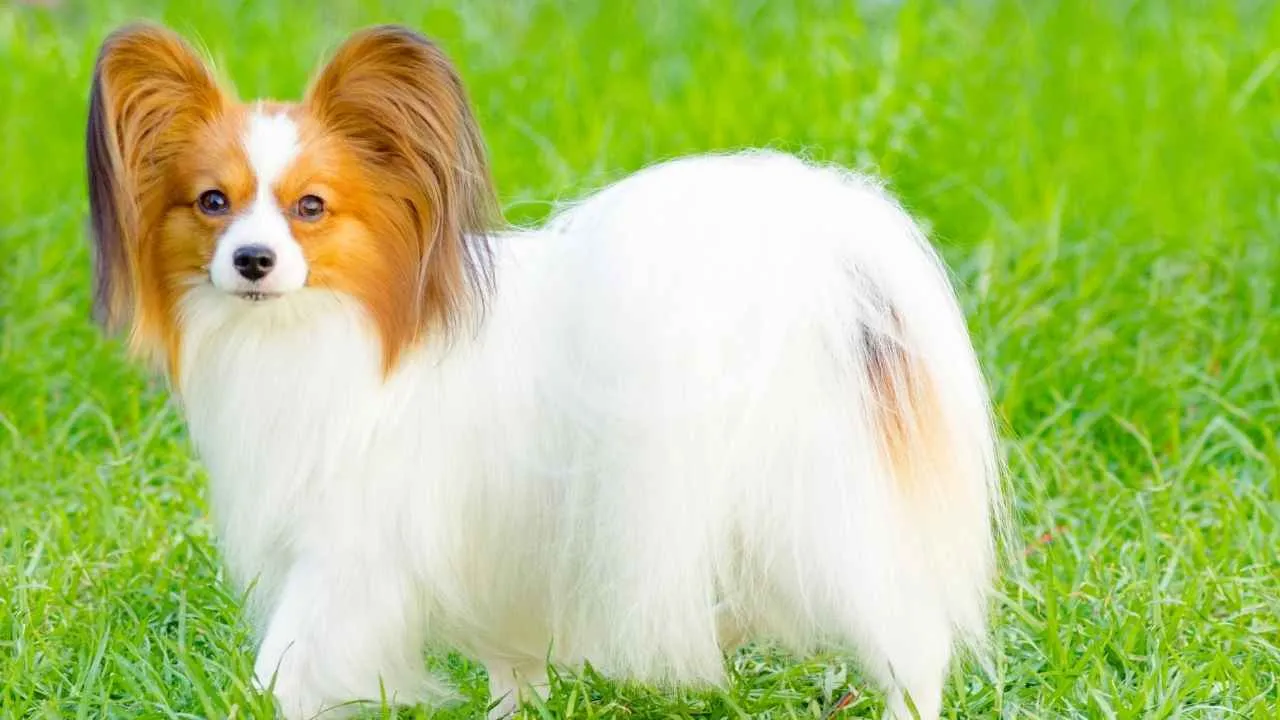
Don’t let their dainty ears fool you—the Papillon is a speed demon in disguise. These little dogs pack a punch when it comes to agility, defying their small stature with quick reflexes and a zest for life that’s contagious. Watching them run an agility course is like watching a blur of speed and precision.
It’s all in the build that makes them so agile. Papillons have a lightweight, athletic frame that allows them to soar over obstacles with impressive height and ease. Their movements are smooth, fluid, and fast, making them the perfect partner for quick, dynamic courses.
Their intelligence? Off the charts. PDSA states that Papillons are playful and super quick learners, and that sharpness makes them great candidates for agility training. You can teach them new tricks and complex sequences in just a few sessions. The real magic happens when they start anticipating your cues mid-course. Who knew a small dog could think that fast?
Even though they’re tiny, Papillons are known for their big heart and even bigger courage. They approach each obstacle with confidence, charging forward without hesitation. They’re not intimidated by larger, more imposing dogs—if anything, they compete with them.
Another benefit? Their compact size makes them great for handling in tight spaces. Whether you’re in a small apartment or a packed competition field, a Papillon can navigate courses with remarkable agility and speed. Small doesn’t mean limited when it comes to these agile athletes.
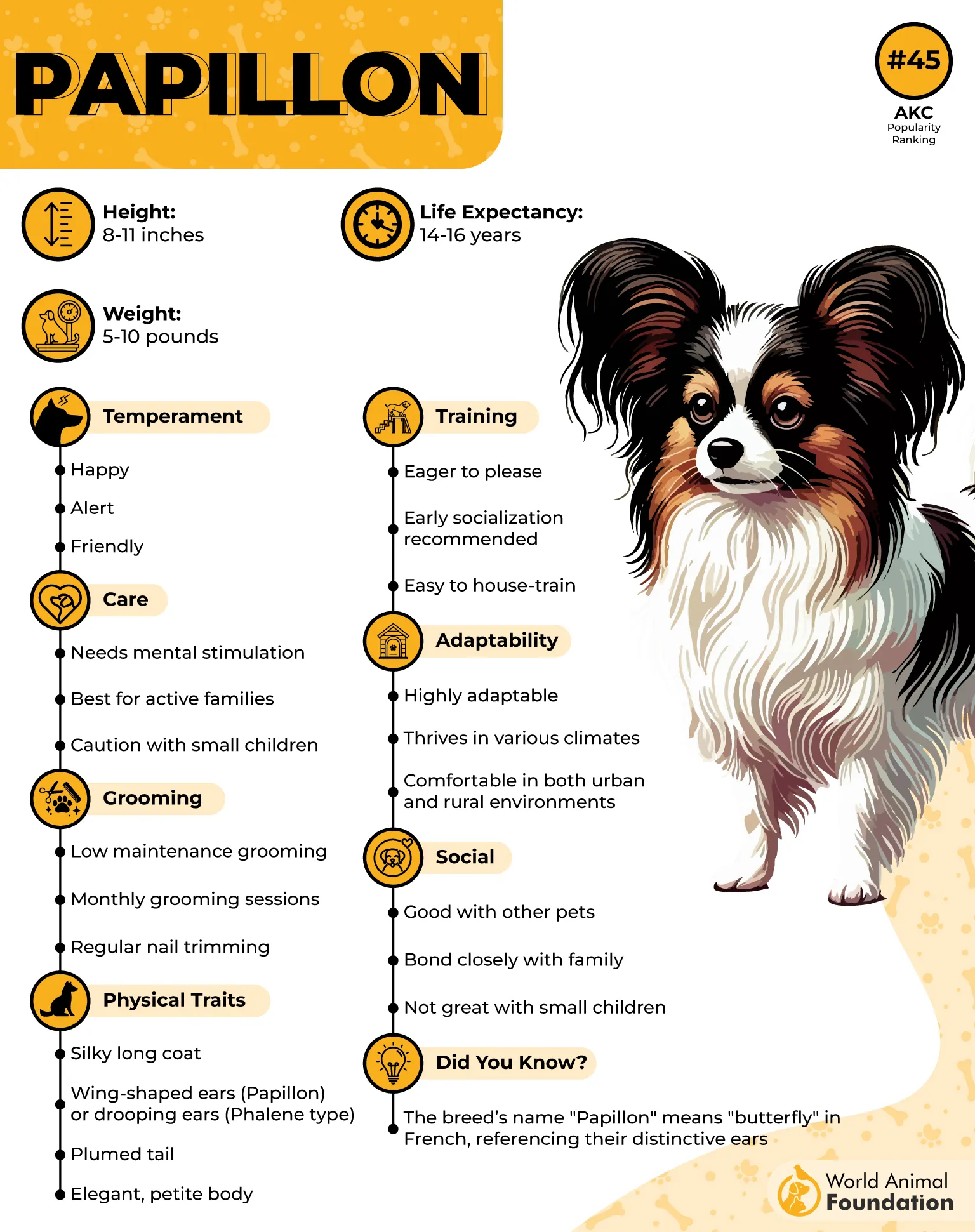
Their long lifespan also works in their favor. Many Papillons live well into their teens, with some even continuing to compete and train well past the age of 12. It’s like having an agility partner that’s always ready to hit the course, year after year.
9. Rat Terrier
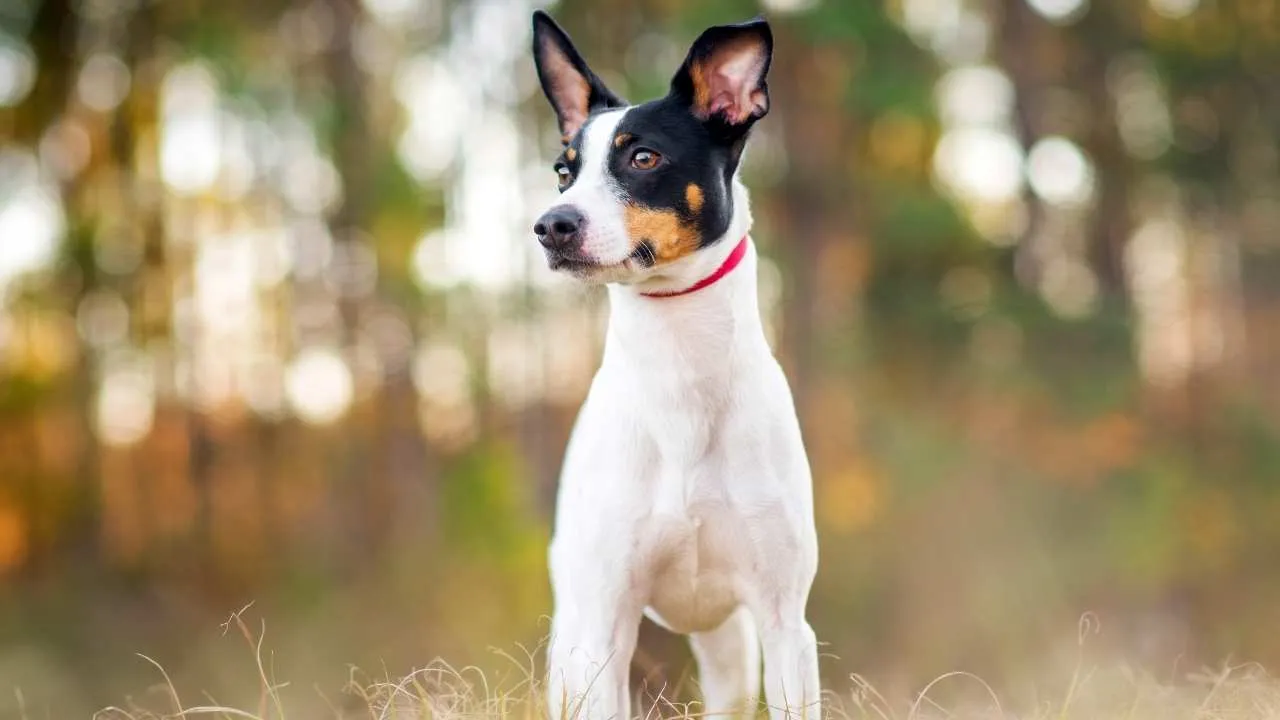
The Rat Terrier might not be the first breed that comes to mind when you think of agility champions, but one run through a course, and you’ll see just how fierce and agile they really are. These little dogs have an impressive amount of energy packed into a compact frame, making them excellent competitors in agility events.
What makes the Rat Terrier a top contender? It’s their drive and determination. Known for their hunting instincts, they’re quick to react, darting around obstacles with lightning speed. Their short, sturdy legs might make them seem unassuming, but don’t let that fool you—these dogs are fast and calculated.
But speed alone isn’t what makes the Rat Terrier special. It’s their versatility. They can handle a variety of agility challenges, from tight turns to long jumps, says AKC. Their small size gives them an edge in navigating narrow gaps or weaving through poles, but their boundless energy allows them to keep up with larger, faster competitors.
Another standout feature? Their mental toughness. These dogs are not easily distracted and are highly focused on the task at hand. If there’s a course to complete, a Rat Terrier will tackle it with complete determination. They thrive on challenges and are happiest when given a job to do, making them ideal for agility training.
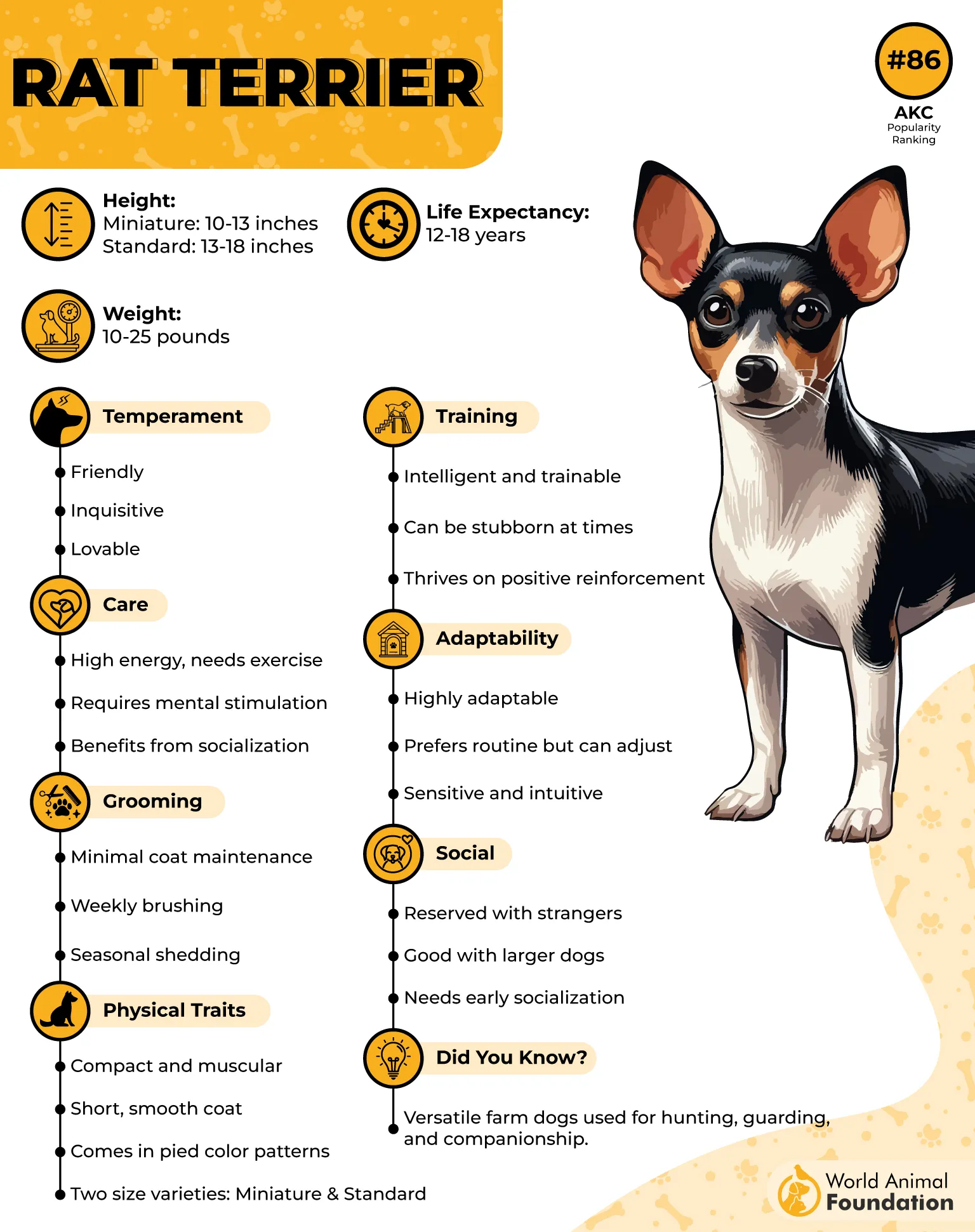
Despite their small size, they bring an undeniable presence to the agility ring. Rat Terriers have an underdog spirit—nothing stops them from tackling a course head-on. Their enthusiasm and can-do attitude make them a joy to watch as they zip through obstacles with confidence.
Like many small dogs, Rat Terriers are known for their longevity. They live well into their teens, with many staying sharp and agile well into their later years. A healthy, active lifestyle and regular training sessions will ensure they continue to compete and thrive in agility for years to come.
Conclusion
Agility champion dog breeds with a long lifespan are more than just athletic marvels—they’re loyal, intelligent companions built for an active lifestyle. From herding dogs like the Border Collie, Australian Shepherd, and Shetland Sheepdog to smaller dynamos like the Jack Russell Terrier, these breeds were originally bred for demanding tasks and now dominate agility competitions across the globe. Their natural athleticism, boundless energy, and fearless nature make them ideal for various dog sports, from agility trials to obedience and more.
Whether you’re training a puppy or guiding a seasoned competitor, agility training offers both physical ability and mental challenges that keep your dog sharp, healthy, and happy. With proper care, regular training sessions, and plenty of exercise, these pups can enjoy a long life, often competing well into their senior years. Even mixed breeds, rescue dogs, and dogs with fluffy coats or a thick double coat can become top agility dogs with the right treats, leash, and routine.
Looking to dive into agility sports with your dog? Make sure to choose a breed with high intelligence, a strong desire to learn new tricks, and the energy to stay healthy on a daily basis. From the Labrador Retriever and Golden Retriever to the legendary Australian Cattle Dog, these working dogs and terriers bring excitement to every course, every jump, and every clean run. After all, with the right training, even your pup could be the next national competition champion—or maybe even the world’s oldest dog still running the course!


